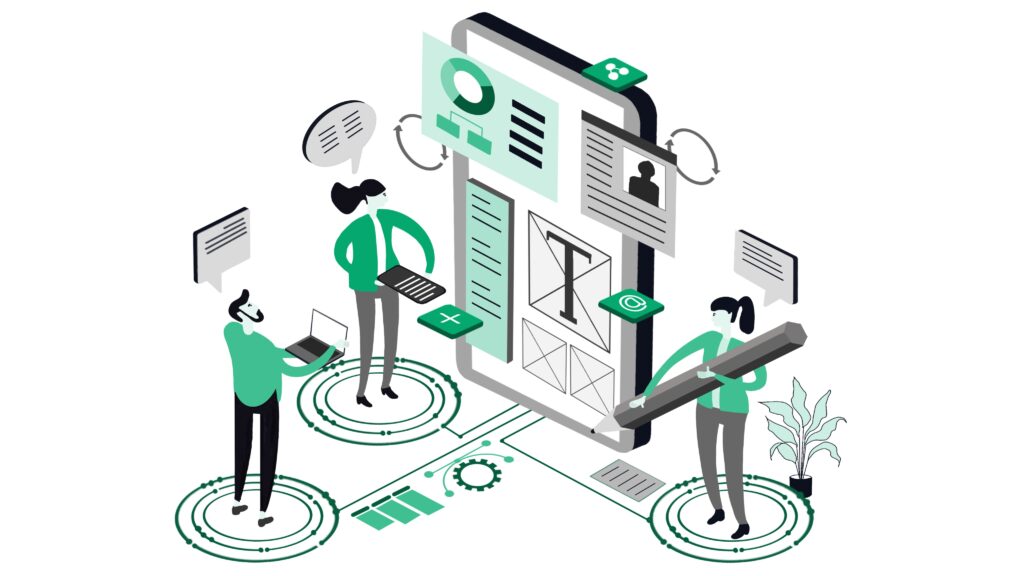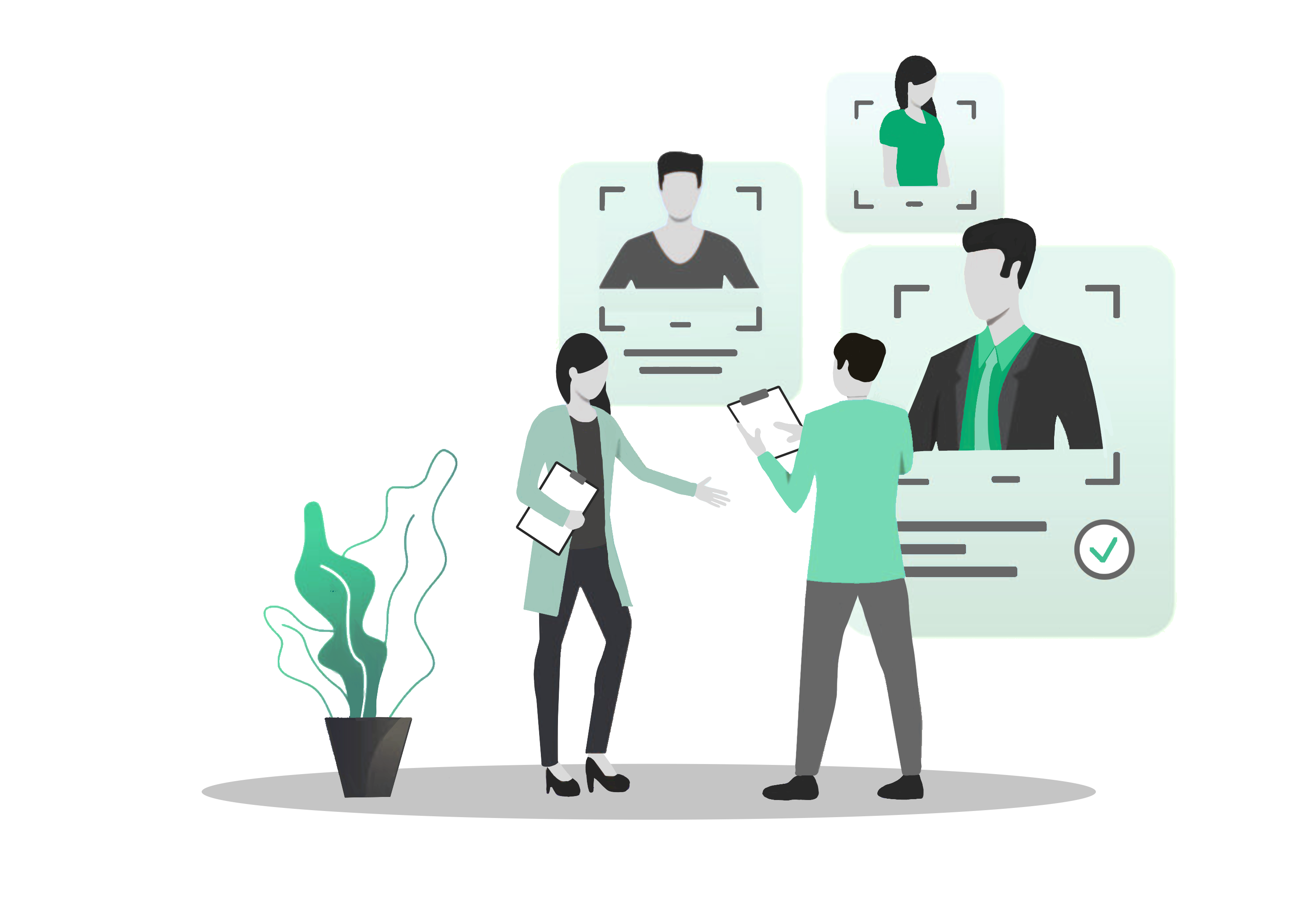
How to create a tool kit for your team to do consistent, scalable research.
User research is one of those things that every company knows they need. Where it gets confusing is how to do it, especially if you don’t have a dedicated person or team. There are many methodologies, and it can be hard to know when to use which one and how. Of course, hiring a UX Researcher is one of the better ways to sort through all of this. But your budget, team philosophy, or location constraints may prevent a staff researcher from being the right solution for you. One option is to create a starter toolkit for your team to align everyone who’s doing research and to keep your methods consistent, efficient, and scalable. But what should you include in this kit?
A Checklist for Testing
Aligning and setting expectations before testing helps the research stay on course even if a number of people take turns conducting the research. Having one single document that walks you through everything from scoping and defining research goals, to the day of testing, to what to do after testing (and everything along the way) is a great way to hold someone’s hand when you can’t be there physically. Including details on when to do what (like 2 days before the scheduled sessions) and references to other tools or documents — like consent forms or tech troubleshooting — will be useful here as well.
Templates
Speaking of consent forms, it makes the process much easier if you have 1 or 2 templates that you can use for testing depending on how you’re capturing feedback. For example, are you just recording the participant’s voice, or are you also capturing their movements on a screen? Is it a video interview? When you don’t need to hunt for the right kind of document, rely on your clients or vendors, or rewrite it each time, the setup process becomes smoother, and you can focus on what really matters — the research.
Tech Setup
Depending on the kind of testing you’ll be doing, you’ll need a document that walks you step-by-step through what you need to do for each piece of technology or software you’ll be using. Do not rely on manuals, message boards, or the facilitator’s knowledge. Assume your grandma will be leading the session and screenshot or photograph everything. Then test it out on several different people who might be using this software to ensure it’s clear and that there aren’t any other logistics to consider. For example, you might discover that participants need to download the software prior to the session and will need extra instructions or that your team needs a certain password to access the software. Better to know and account for these needs ahead of time than run into an issue during the session itself.
Stakeholder Documents
For anyone who’s not intimately involved in the setup or facilitation of the research but who still wants to be involved, it’ll be helpful to have documents that can be sent in advance. This will help keep them in the loop with what to expect and offer ways in which they can help. Documents that are helpful include: FAQs for what to expect in a session, capturing feedback in a way that will be useful to the person synthesizing the work, and templates for sharing out any insights.
Always More to Do
Obviously, you can go more in-depth than this, but having a starter toolkit in place will give you a good place to scale up research for your team. As with anything in design, iteration is key.
Want to learn how Grand Studio can help with your next project and build clarity out of complexity?
We’re here to help!
